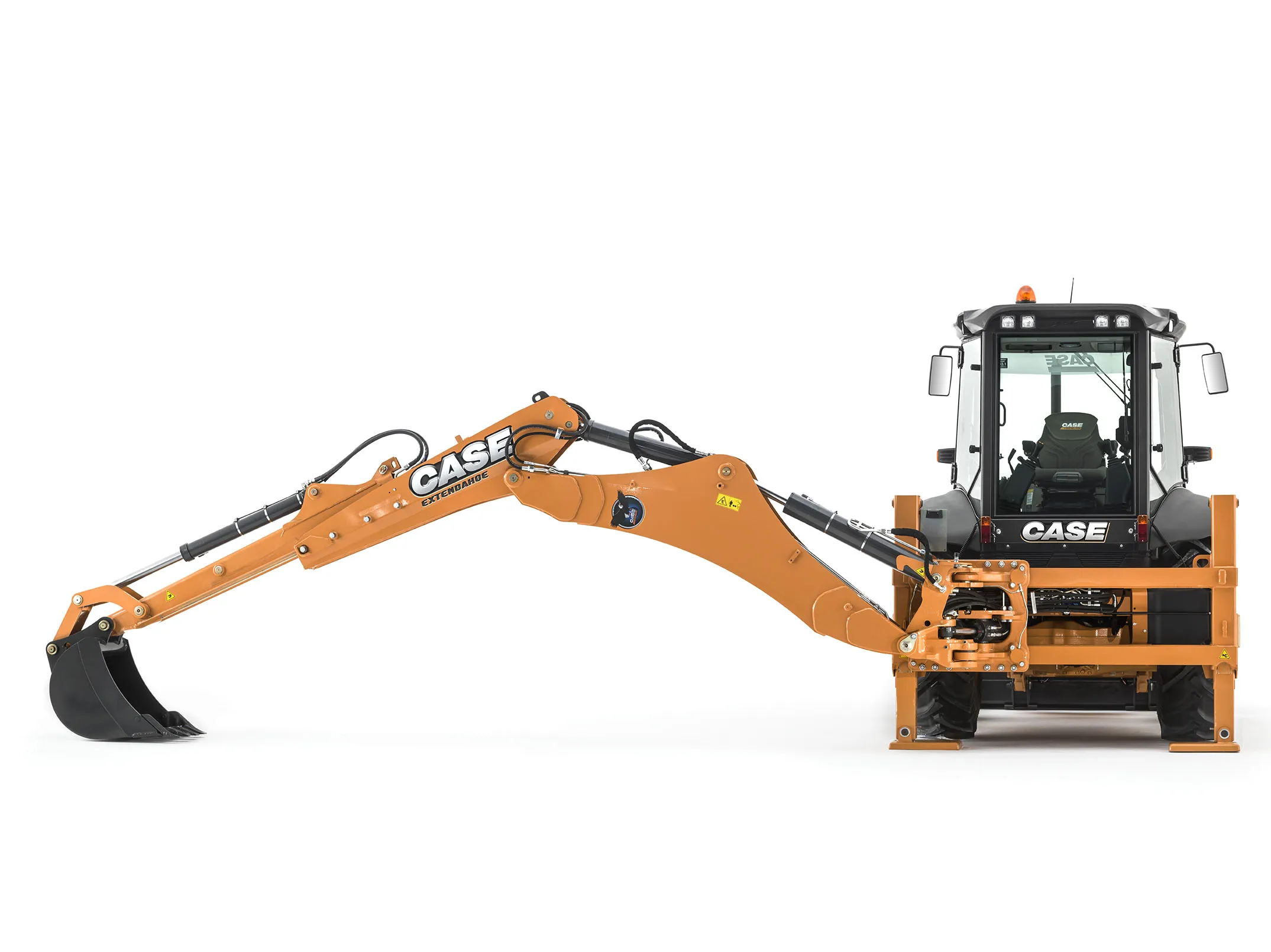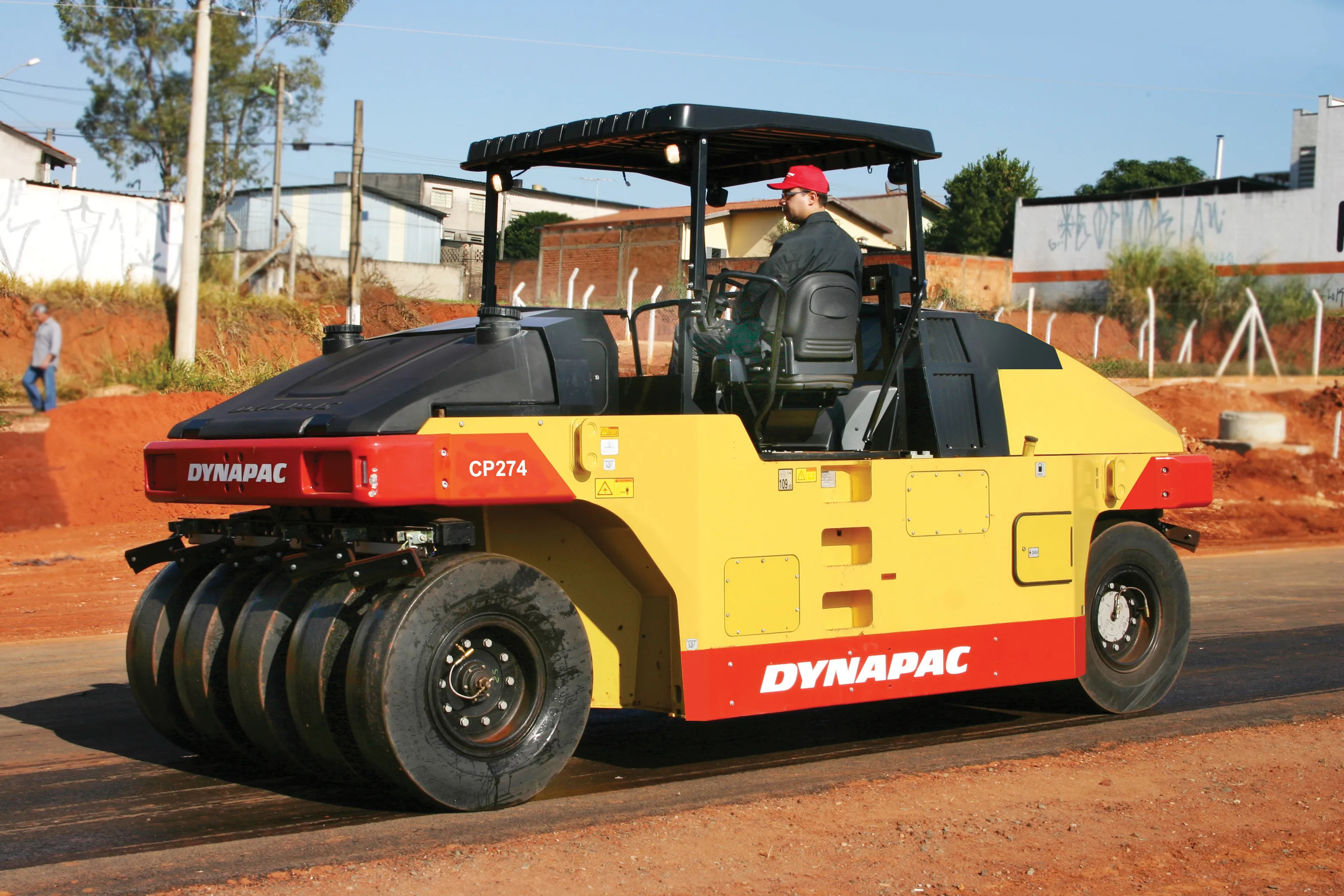Case Construction Equipment is extending its backhoe loader offering with the introduction of a new backhoe design with in-line cylinder geometry and inner extendahoe on its 580ST model.
Customers now have two choices, with one being the new in-line geometry, with better visibility and great breakout forces. The other choice is the well-known CASE boom with overlapping cylinders and outer extendahoe. This has a shorter boom, lower transport height and protected outer sliding extendahoe.
The new in-li
March 4, 2016
Read time: 2 mins

Customers now have two choices, with one being the new in-line geometry, with better visibility and great breakout forces. The other choice is the well-known CASE boom with overlapping cylinders and outer extendahoe. This has a shorter boom, lower transport height and protected outer sliding extendahoe.
The new in-line geometry, which maintains the S shape boom, ensures that the effort is evenly distributed over the entire length of the boom, resulting in high stress resistance. The narrower frame of the boom provides better visibility of the working area at the back of the machine.
Operators looking for exceptional breakout force and great reach will find it all in the new in-line boom. Breakout force is 5,520daN both at the bucket and at the dipperstick and the boom reaches as far as 6,647mm from the swing centre.
The booms geometry with outer extendahoe means the sliding part never touches the soil, while the components that do touch the ground are protected against impact and material accumulation.
The design with overlapping cylinders reduces the 580ST’s overall boom transport height to just 3.5m, making it easy to transport. More time is saved with the patented integrated hydraulic quick coupler, which allows the operator to change backhoe attachments from the cab with the simple flick of a switch.








